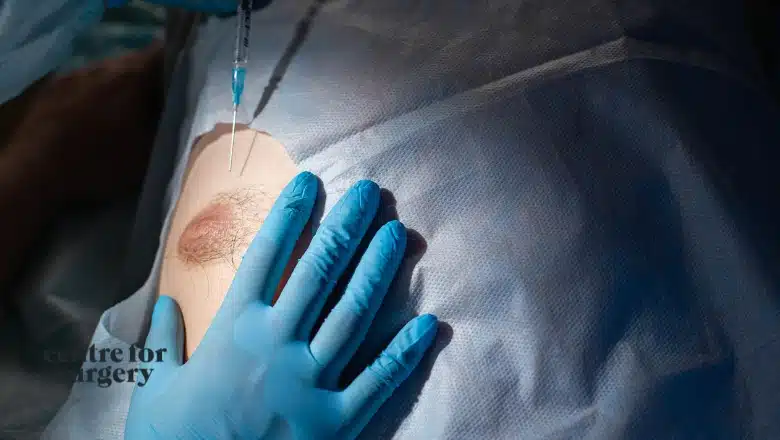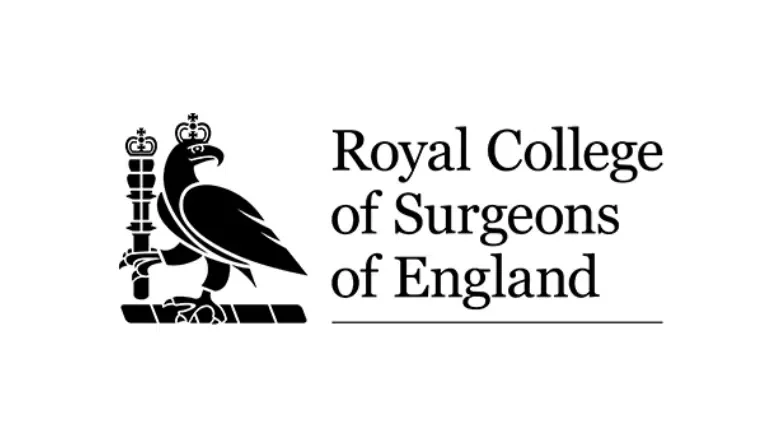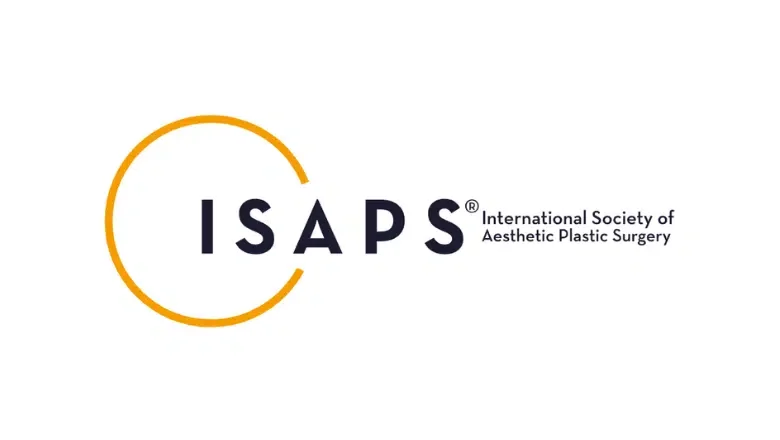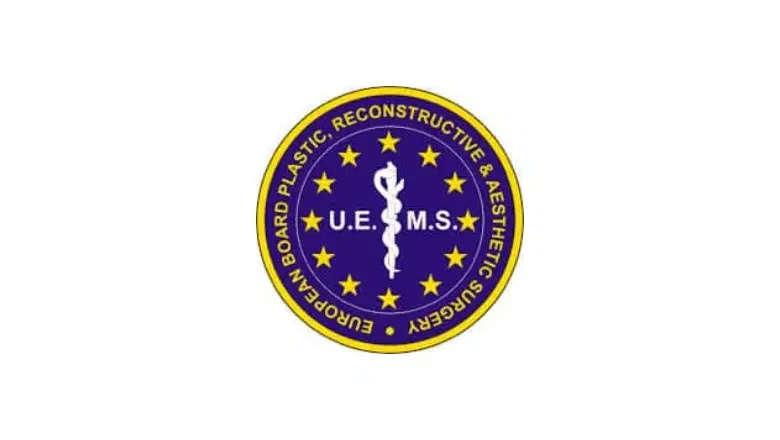Gynecomastia surgery, also known as male breast reduction, can be a life-changing procedure for men unhappy with the appearance of their chest. As with any cosmetic surgery, it is essential to keep the recovery process in mind, so in this piece, we will explain what the recovery process involves for gyno surgery.
What to expect during your gynecomastia recovery
Having showers
Getting your stitches wet after Gynecomastia surgery is fine, meaning you can wash and bathe right after. However, keep incisions and scars clean to avoid infection. Thorough aftercare instructions will be given and you can ask your surgeon questions before the surgery.
Discomfort
It is normal to feel some discomfort after male breast reduction. This comes from the swelling and soreness, which will go away after a few days. Your surgeon may prescribe medication to help with this.
Going back to work
Following your male breast reduction procedure, you need to rest for a maximum of 7 days, (depending on how invasive the surgery was), before going back to work. However, if your work requires heavy lifting or rigorous movement, you might need more time away to ensure you’re ready.
Exercise
You would normally need to avoid strenuous exercise like weight training for 6 weeks. However, light exercise may still be possible. We recommend low-impact cardio such as walking or using a stationary bike or any exercise that focuses on the lower body.
Driving
Surgeons at Centre for Surgery do not recommend driving for up to 72 hours after your gynecomastia surgery. This is because anaesthesia may still be in your body and can affect your focus. Remember to arrange for transport to take you home after the cosmetic surgery. You should have a responsible adult escort to look after you for the first 24 hours.
RELATED: How to get rid of Gynecomastia without surgery?
Male breast reduction surgery recovery timeline
It is in the first few days that you may experience the most post-surgery swelling and soreness. Your surgeon may prescribe painkiller medication to help with any discomfort that may be felt. Results can be seen right after the gynecomastia surgery, but they may be obscured by swelling.
RELATED: How to Get Rid of Puffy Nipples in Men
You will be given a compression garment to wear to keep the area secure and help the body heal. You should also sleep on your back during this period. Prop yourself up on pillows to make getting up the following morning easier.
During the first week, you should now feel more comfortable, and the swelling will have reduced noticeably. Wear your compression garment and avoid exercise targeting your chest muscles. However, you can resume most of your daily activities and engage in light, low-impact, lower-body exercises. After the first two weeks, you will feel well enough to do most of your daily tasks. You should still avoid vigorous exercise, though. If you get the go-ahead from your surgeon, you can now sleep on your side.
By week 6, you should have recovered fully. You will now be able to return to resuming any forms of exercise you enjoy. Also, you will no longer have to wear your compression garment, and you will notice that your scars will have faded considerably.
RELATED: Gynecomastia Surgery FAQs – Q&A about Male Breast Reduction
Top tips for Gynecomastia surgery recovery
Massage scar tissue
Massaging scar tissue around the breasts is an effective way to ensure the skin settles evenly. Post-op massages should only be done after four weeks or when the scars have healed a lot. It is best to do so when the tissue is still soft, carefully using your hands and a roller device.
You can also book a lymphatic drainage massage, which helps drain built-up fluid from the body. This is important after surgery because swelling on the body may be made worse by a buildup in the lymphatic system.
Keep good posture
Make sure you maintain good posture after your surgery. Sitting up straight keeps the skin on your chest tight, decreasing the appearance of loose skin on your newly formed chest and reducing the appearance of scars.
Wear the prescribed compression vest
Compression vests are effective for keeping treated areas secure after surgery. The benefits of compression vests include:
- reducing scarring
- promoting healing
- preventing bruising
- reducing infections
The compression vest enhances the contouring effects of gynecomastia surgery. One of our preoperative nurses will measure you up for the compression garment prior to your procedure.
Monitor fluid intake
Be sure to regulate your fluid intake after surgery to prevent the formation of seromas (which are build-ups of liquid under the skin). Seromas are typically harmless and will either go away by themselves or are treated with needle aspiration, either way, they can be irritating.
Seromas can become noticeable up to three weeks after surgery. Because of this, it is important to monitor your fluid intake before you notice seromas. Aim to drink a maximum of 2 litres of fluid a day to lower the risk of seromas developing.
Get plenty of rest
When we sleep, our body produces protective white blood cells, which:
- Strengthen our immune systems
- Release hormones that regenerate and repair our tissue
- Give our body the energy to heal
Without efficient rest, you can slow your healing and cause yourself injury. For the best results, take it easy and follow recovery guidelines.
What to expect from gynecomastia surgery
Your surgeon will assess your surgical and aspirational needs. At this point, you will be told if you need liposuction and gland removal and how the surgery will be carried out. At this consultation, you can ask any questions you may have.
Remember that cosmetic surgery is individualised and is based on your needs. Male breast reduction surgery can involve different techniques and a combination of surgeries. This will be made clear during your consultation. The most common gynecomastia techniques include liposuction, gland excision and skin reduction.
A typical procedure will mean the patient is placed under general anaesthesia. Once you have been anaesthetised, an incision is made around the nipples. This is known as a Webster’s incision. Glandular tissue and excess skin will be precisely removed, and the skin will be closed with dissolvable stitches. After the surgery, it is expected to experience mild discomfort, bruising and swelling, but don’t worry – this will generally go away after a few days. Any discomfort can be easily controlled with over-the-counter painkillers such as paracetamol. Full recovery after the procedure takes around 6 weeks. During this time, avoid strenuous activity to promote healing. Your surgeon will review you at six weeks to assess your gynaecomastia results.
Am I suitable for gynecomastia surgery?
If you have “man boobs” that aren’t going away, no matter how much exercise you do, you could have gynecomastia – this can be effectively resolved with a straightforward surgical procedure. To be eligible for a gynecomastia procedure, you must have no underlying medical health conditions. You also need a BMI (Body Mass Index) below 30. Being overweight or obese increases the risks of anaesthesia and surgery
RELATED: Does Exercise Prevent Gynecomastia?
Surgeons at Centre for Surgery recommend waiting until you are at least 18 years of age. This is in case the appearance of overdeveloped breasts is the result of puberty that will resolve itself. A consultation can confirm whether this is the case or not.
Gyno for Man Boobs: Why Choose Centre for Surgery
Unparalleled Expertise in Male Breast Reduction
At Centre for Surgery, we understand the sensitivity and discomfort associated with Gynecomastia, commonly known as ‘man boobs’. Our state-of-the-art clinic in London is renowned for providing superior male breast reduction procedures, offering patients a path to increased confidence and comfort in their own skin.
Why Centre for Surgery Stands Out
- Experienced Specialists: Our highly skilled surgeons specialise in Gynecomastia surgery, ensuring personalised and effective treatment.
- Advanced Techniques: We use the latest surgical techniques to minimize scarring and recovery time.
- Comprehensive Care: Our dedicated team provides a supportive and discreet service from initial consultation to post-operative care.
Patient Testimonials
- James T.: “After my surgery at Centre for Surgery, I felt a new sense of confidence. The results were beyond my expectations, and the care I received was top-notch.”
- David H.: “The team at Centre for Surgery was incredibly understanding and professional. My recovery was smooth, and I am thrilled with the outcome.”
- Michael G.: “Choosing Centre for Surgery was the best decision for my Gynecomastia treatment. The difference it has made in my life is remarkable.”
Easy Financing Options
We believe that financial constraints shouldn’t hinder your journey to self-improvement. That’s why we offer 0% APR financing through Chrysalis Finance, making your treatment more accessible and stress-free.
Explore More on Our Blog
For more insights into plastic surgery and Gynecomastia, visit our plastic surgery blog.
Guidance Every Step of the Way
Have questions? Our comprehensive FAQs provide detailed information about the procedure, recovery, and more.
Visit Us at Our Baker Street Clinic
Experience our exceptional care firsthand at our Baker Street clinic in London. Learn more about our location and facilities here.
Book Your Consultation Today
Ready to take the next step? Contact us for a personalised consultation:
📞 Phone: 0207 993 4849 📧 Email: contact@centreforsurgery.com 📍 Address: 95-97 Baker Street, London W1U 6RN
For further details about our clinic and why we’re the right choice for your needs, visit our About Us page.
RELATED: Male Chest Reduction Surgery in London










